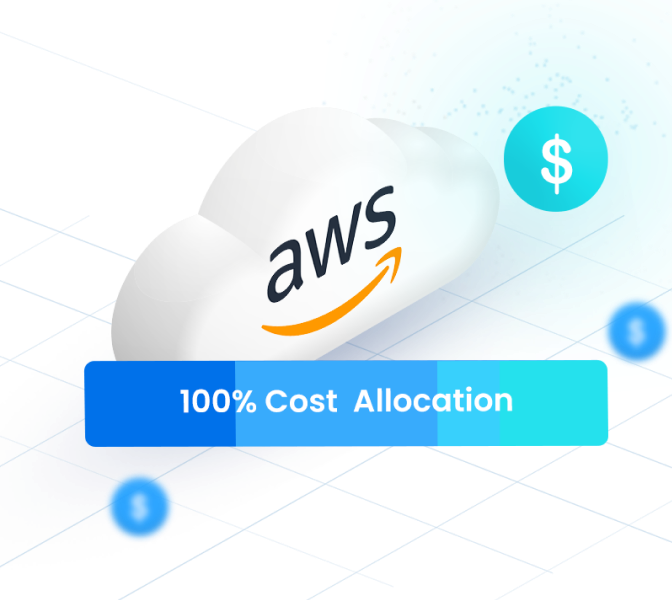- Blog
- Cost Allocation & Reporting
- AWS Cloud Cost Management: Keeping Cloud Costs In Check!
AWS Cloud Cost Management: Keeping Cloud Costs In Check!
While cloud computing offers many advantages, it’s also easy to overspend if you’re not careful of cloud usage. Thus to overcome this challenge, AWS cloud cost management can be a bliss to help organizations understand and optimize their AWS spend. In this blog post, we’ll explore the topic of AWS cloud cost management and provide practical tips for controlling your cloud costs.
What Is AWS Cloud Cost Management?
AWS Cloud cost management is the process of monitoring, analyzing, and optimizing the cost of using AWS services to ensure that your cloud infrastructure is cost-efficient and aligned with your business needs. Effective cloud cost management involves identifying cost drivers, understanding pricing models, and implementing strategies to optimize resource utilization, improve cost predictability, and avoid unexpected expenses.
By taking a proactive approach to cost management, you can avoid overspending on cloud resources, maximize your ROI, and maintain the scalability and flexibility that make the cloud an attractive option for modern businesses. AWS provides a variety of tools and services to help you manage your cloud costs effectively, and by leveraging these resources, you can achieve greater visibility and control over your AWS spending.
What Are The Benefits Of AWS Cloud Cost Management?
Effective AWS cloud cost management offers several key benefits to businesses, including:
- Cost Savings: Optimizing your AWS usage and taking advantage of cost-saving opportunities can significantly reduce your cloud infrastructure costs.
- Improved Cost Visibility: nOps can help you with greater visibility into your cloud spending, enabling you to identify areas of waste and inefficiency.
- Enhanced Cost Predictability: With better cost visibility and control, you can accurately predict your cloud expenses and avoid unexpected charges or overages.
- Increased ROI: By reducing your cloud costs and improving your resource utilization, you can achieve a higher return on investment for your AWS infrastructure.
- Better Scalability and Agility: Effective cloud cost management can help you maintain the scalability and flexibility of your cloud environment, allowing you to adapt quickly to changing business needs without incurring excessive costs.
Overall, AWS cloud cost management is essential for any organization that wants to achieve the full benefits of the cloud while keeping its expenses under control. By implementing cost management best practices and leveraging the tools and resources provided by AWS, businesses can optimize their cloud infrastructure costs and achieve greater efficiency, predictability, and ROI.
What Are The Best Practices For AWS Cloud Cost Management?
There are several best practices that businesses can follow to optimize their AWS cloud cost management:
- Monitor and track your AWS usage: Regularly review your AWS usage and monitor resource utilization to identify areas of waste or inefficiency. AWS provides a range of tools, such as AWS Cost Explorer that can help you track your cloud usage and spending.
- Use cost-effective resources: Choose AWS resources that provide the necessary functionality at the lowest cost. AWS offers a range of pricing models, such as on-demand, reserved instances, and spot instances that can help you optimize your resource utilization and reduce costs.
- Leverage AWS cost optimization services: AWS offers several cost optimization services, such as AWS Trusted Advisor and AWS Cost Anomaly Detection, that can help you identify cost-saving opportunities and optimize your cloud infrastructure.
- Set and monitor budgets: Set and monitor budgets to ensure that you are staying within your spending limits. AWS Budgets is a free tool that can help you set, track, and manage your budgets.
- Analyze cost trends: Analyze cost trends to identify changes in your AWS usage and spending patterns. This can help you anticipate future expenses and adjust your cloud resources accordingly.
By following these best practices and using the tools and services provided by AWS, businesses can achieve effective cloud cost management and optimize their AWS infrastructure costs.
AWS Cloud Cost Allocation: The Complete Guide
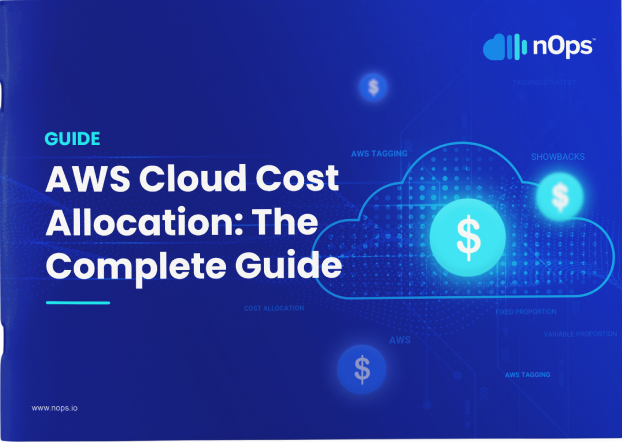
AWS Cost Management: Five Essential Features!
1. Use Cost Explorer to Analyze Costs
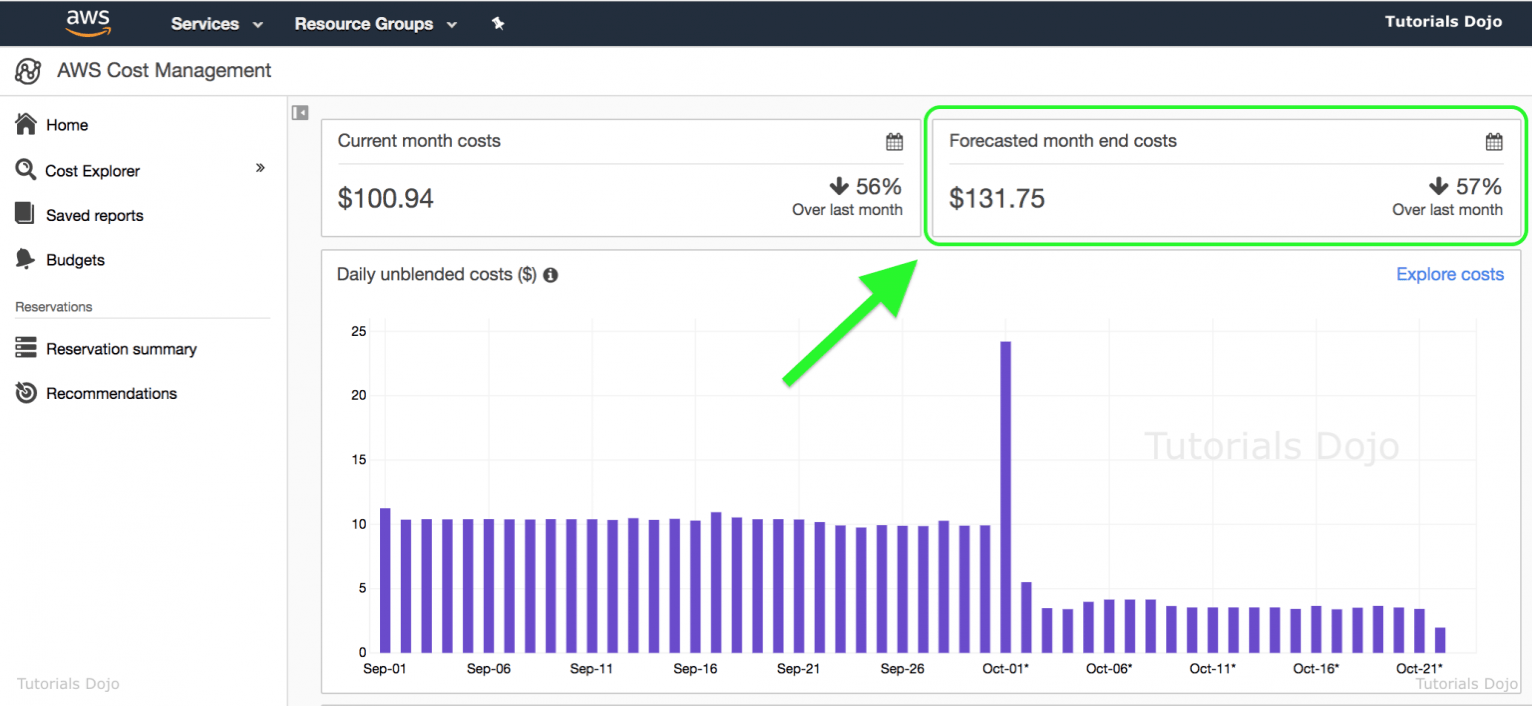
This tool analyzes your AWS usage, removing the need for a manual review of your finances and expenditure. The portal shows a visual breakdown of all services. It contains several reports. These include monthly costs by linked accounts, monthly running costs report, and EC2 Monthly Cost & Usage reports. People with access to the reports can see expenses over the last 60 days. You can still filter the costs from a monthly basis to a daily basis. You can easily spot the day you spent the most amount of money in a simple bar graph. AWS cost explorer works even for multiple but linked accounts. Use this feature to forecast future budgets and adjust cloud use accordingly.
2. Use AWS Budgeting to Track Usage Costs
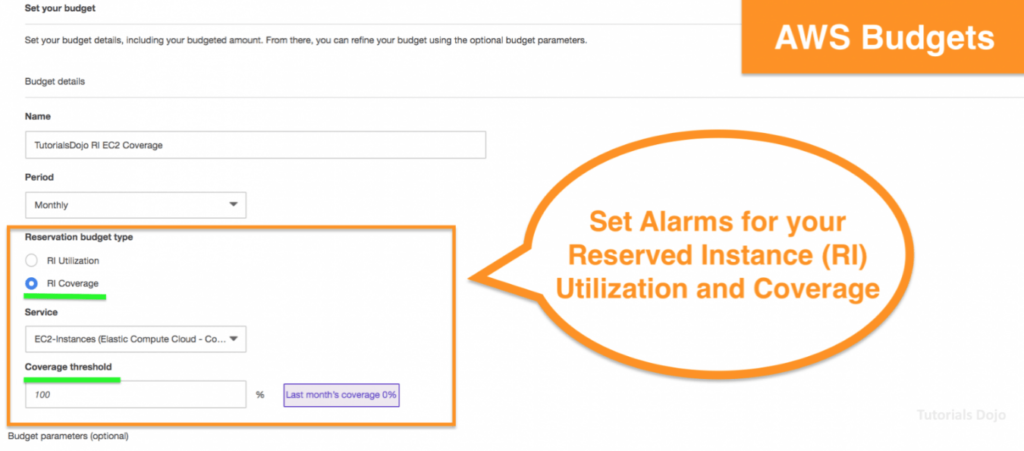
3. Use Manage Payments Feature to Estimate Costs
On the billing and cost management console, you’ll find a Payment Methods link. You can view all your registered payment methods. Different payment providers have different transaction fees. Limit these fees. Users can view details of their payment histories. The system calculates bills on the last day of each month. Let’s say there was a month that showed the cheapest costs. You’ll repeat the same activities and practices to help reduce costs in the upcoming months. Auditing past payment transactions is a best practice to help you keep expenditures in check.
4. Study Cost and Usage Reports
Do you want to make data-driven decisions when it comes to your company’s finances? Study cost and usage reports. It’s an AWS feature that analyzes cloud usage. You can view the usage of instances and the number of remaining instances. Try to identify and control cost drivers. By reading the data, you can spot opportunities for optimization.
5. Test AWS Features at No Risk with AWS Free Tier
Free Tier is a first-time user discount that lasts for 12 months. It lets users explore several AWS features for free, at no obligation. However, users shouldn’t exceed their usage limits. You can easily link billing alarms to Free Tier to notify you whenever you exceed allocated resources.
How Can nOps Help You With AWS Cloud Cost Management?
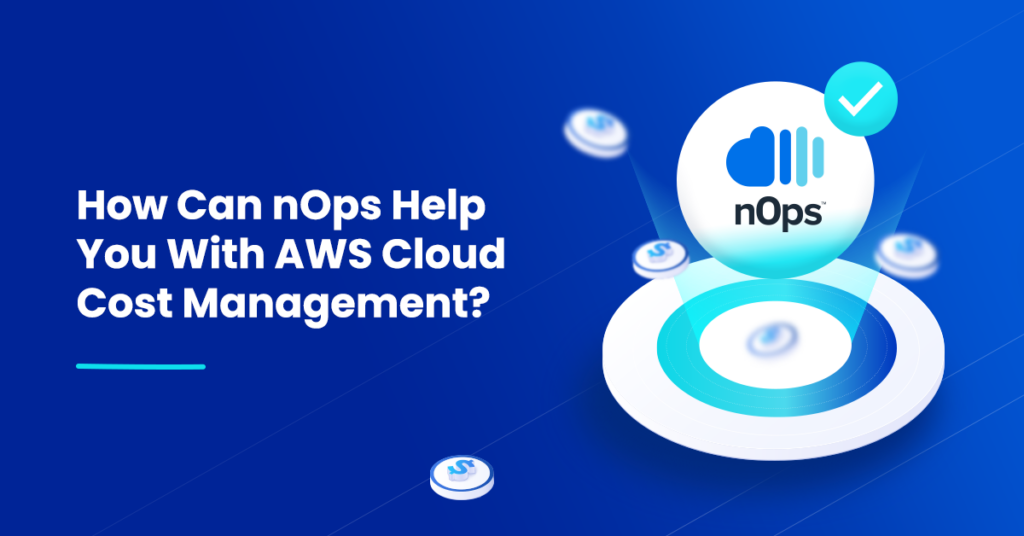
Understanding cloud spend and manually optimizing it to its fullest potential can be challenging. This is where nOps comes in to provide insights into the essential aspects of cloud cost accountability, including the ‘Who,’ ‘When,’ ‘What,’ and ‘Why’ of cloud usage. With nOps Business Contexts, AWS users can gain access to visual cloud cost reports, enabling them to add business contexts to every dollar they spend. Furthermore, users can easily navigate and filter through the accounts, services, and usage types they want to explore. Overall, nOps is a valuable tool for optimizing cloud spend and improving business cost efficiency.
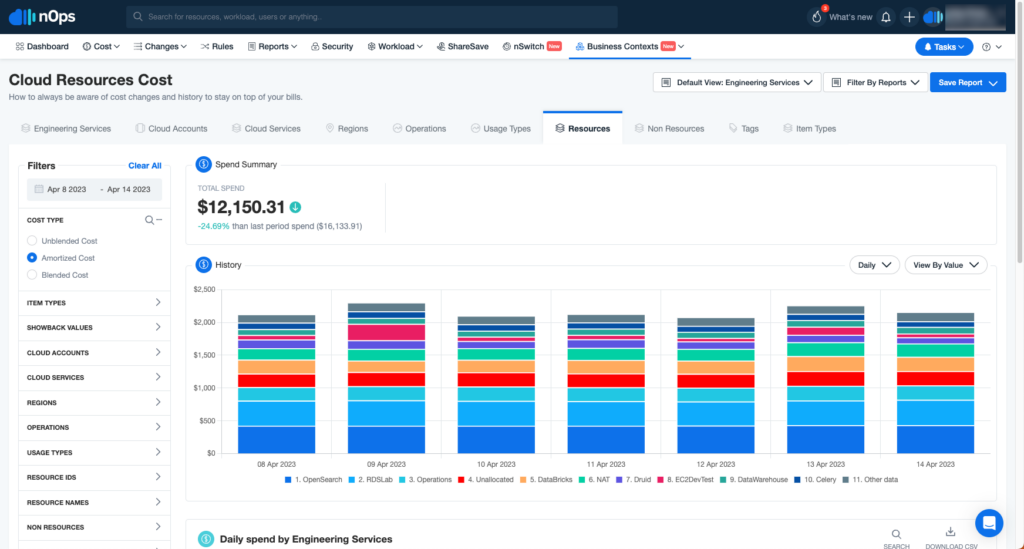
Your team focuses on innovation, while nOps runs optimization on auto-pilot to help you track, analyze, and optimize accordingly! Our customers can benefit in two key ways:
- First, pay less for what you use without the financial risk.
- Second, use less by automatically pausing idle resources.
Let us help you save! Sign up for nOps or Book a demo call today.



